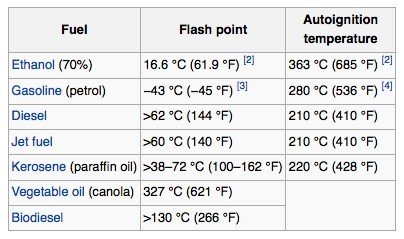Fighterpilot
Senior Member
- Joined
- Apr 17, 2011
- Messages
- 380
Getting ready to start cutting. Have a counterrotating saw with two blades, saws-all, and a grinder with cutting blade. It is my understanding one can cut a diesel tank safely. OR, should I have air blowing down the filler vent and remove as many fittings as I can to get the air to flow thru the tank as an additonal safety precaution. Does diesel fumes, in the right concentration have a flash point? Suggestions solicited, please.

